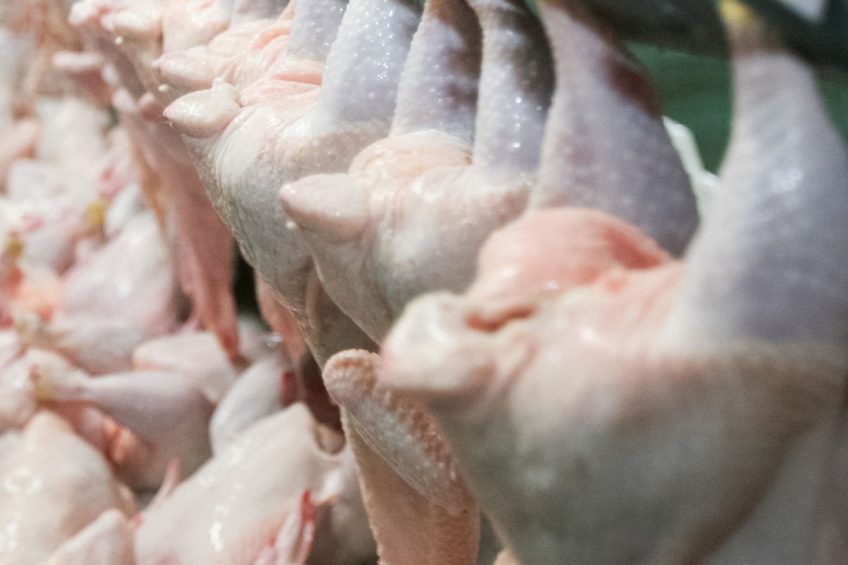CO2? Catch 22!

In many, not all, parts of the world the amount of carbon dioxide (CO2) produced by humanity is becoming a major issue. The consensus is that CO2 is contributing to global warming and that is something we don’t want.
That is why almost 200 state parties signed the Paris Agreement in 2016, an agreement within the United Nations Framework Convention on Climate Change (UNFCCC), dealing with greenhouse-gas-emissions mitigation.
The main goal of the agreement is to decrease global warming, holding the increase in the global average temperature to well below 2°C above pre-industrial levels and to pursue efforts to limit the temperature increase to 1.5°C above pre-industrial levels, recognising that this would significantly reduce the risks and impacts of climate change. For that CO2 emissions should drop up to 40% by 2030, compared to 1990 (EU target).
As there are many contributors to CO2 production, everyone has its own reduction targets to pursue. That includes livestock production. And there is the catch. With global demand for food (especially CO2 heavy meat) rising, greenhouse gas reduction is a real headache.
The trend for more welfare and slower growing breeds with a little less feed efficiency, is also moving in the opposite direction of what is agreed upon in Paris. Feeding more people with more cannot be done with less CO2 emission, even with the super-efficient poultry production process. To be able to meet reduction targets, compensation at other CO2 sources, in other sectors is the only way out. This will come at a price, but food is an absolute necessity of life, to keep people healthy and at peace.









